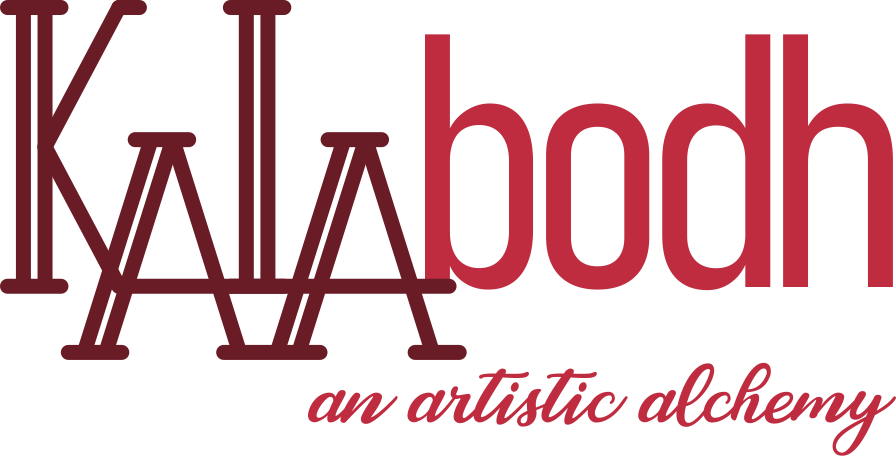Revisiting Viṣṇu
We have been familiar with God ‘Viṣṇu’ for centuries, but there is always something new to learn about his divine presence. He comes as a minor deity, having only 6 ṛchas dedicated to him in the Ṝgveda, but later he overpowers ‘Rudṛa’ in importance as the supreme deity in the Hindu pantheon. The word ‘Viṣṇu’ is derived from the root ‘√Vish,’ which means ‘to enter’ or ‘to cover.’ So the word ‘Viṣṇu’ can be interpreted as ‘the one who enters everywhere.’ In the Ṝgveda, he is associated with light, so naturally, he is considered a form of the sun. The three forms of sun i.e. rising, noon and setting are related with the three strides taken by Trivikrama that is a form of Viṣṇu He also helped Indra to kill Vṛtṛa and hence is also known as the friend of Indra or ‘Upendṛa.’ He is told to be related to earth and is protector of its people. He is also god Agni in all gods which later is also mention in Bhagvadgeeta as ‘vasunam pavakaschasmi’ (Geeta 10.23). As being protector of people on earth, he resides as Agni with man on earth. Purushasukta that is mentioned in the 10th mandala of the Ṝgveda praises lord Viṣṇu in the form of Virāt Purush. Aitareya Brāhmanak that is related to Shākala branch of Ṝgveda mentions that Viṣṇu is supreme.
In the later Vedic period, Pāṅcharātra cult that originated from Shukla Yajurveda considers Viṣṇu as the centre of the universe. It mentions 4 vyuhas naming Vāsudeva Viṣṇu, Sankarshan, Pradyumna and Aniruddha. Later these vyuhas were expanded in the 24 forms of Viṣṇu, 39 avatars and parivar devatas. This is also reflected in Indian iconography where ‘Vaikuṅtha Murti’ or ‘Chaturvyuha’ Murti of Viṣṇu is shown with 4 faces. The middle face is of Pradyumna who is also called as ‘Nārāyan/Parāvāsudev’ in Dvait Philosophy. The Narasimha face is on South side which represents Balarama or Sankarshan. The Varāha or bore face is of Aniruddha and there is a fourth face representing Vāsudeva. This ‘Vaikuṅtha’ phenomenon is seen only in North India. In South India it is known as ‘Vibhava Avatar’. There are five main heroes of the ‘Vṛshṇi’ clan that are worshipped, first four being the main deities of the vyuhas and the fifth hero is ‘Sāṁb’ who is sometimes replaced with Akrur, Uddhava or Kapila. The expansion of the vyuhas into forms mentioned in ‘Ahirbudhnya Samhita’ is as follows:
Para-Vāsudeva | Sankarshan | Pradyumna | Aniruddha |
Keshav | Govind | Trivikrama | Hrishikesh |
Nārāyan | Viṣṇu | Vāman | Padmanābha |
Mādhav | Madhusudan | Shreedhar | Dāmodar |
By the epic or the Puranic age, Viṣṇu was included in the main trinity i. e. Brahma, Viṣṇu and Mahesh. Along with the nature of the work, his form can also be seen changing. In the Vedic period, he was seen killing demons along with Indra, but in Puranic age, the main contribution of Viṣṇu was nurturing the universe. In the same way, his form was also changing from a single deity to a syncretistic nature. For example, we can see descriptions of Harihara (Viṣṇu-Shiva), HariHarārka(Viṣṇu-Shiva-Sun) or HariHaraPitāmahārka(Viṣṇu-Shiva-Brahma-Sun) in various Puranas. These forms were later converted in icons too.
The concept of Vāsudeva being supreme god was later adapted by Bhakti cult which later resulted into a cult. The cult was mainstreamed as Vaishṅava Cult.

Harihara Image British Museum (circa 1000)

Vaikuntha Image Metropolitan Museum of Art (8th Century)

Panchavir Panel, Hyderabad Museum (4th Century)(Courtesy- Wikipedia)
References:
- Choudhary, Raghavprasad. 1905. “Pancharatragama” (in Hindi). Patna: Bihar Rashtrabhasha Parishad
- Rao, T. A. Gopinath. 2021. (5th edi). “Elements of Hindu Iconography.” Vol .1(1). Delhi: Motilal Banarasidas Publishing House.
About the Author:
Author: Deepti S. Kulkarni
She did her graduation in History and Master’s in Archaeology from Deccan College, Pune. Her areas of interest include Art, Architecture, Iconography and Religious Studies.




